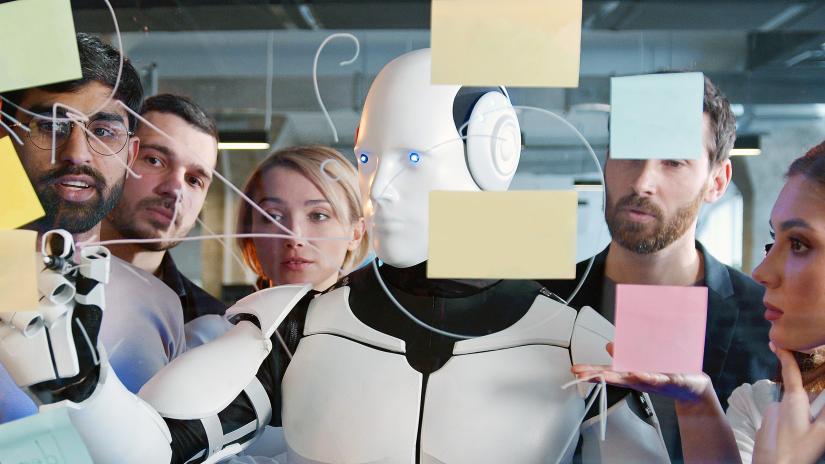Sure, ChatGPT can write a poem about your pet in the style of T.S Eliot, but generative artificial intelligence (AI) chatbots have a potentially more useful role to play in idea generation according to a new study by University of Technology Sydney health researchers.

Picture: Adobe Stock
In a paper published in JOSPT Open (Journal of Orthopaedic and Sports Physical Therapy), UTS Graduate School of Health Senior Lecturer in Physiotherapy Dr Joshua Pate and PhD candidate Rebecca Fechner write that AI chatbots offer a novel avenue for idea generation, simulating multidisciplinary workshops that traditionally require significant time and resources.
“We sought to simulate a multidisciplinary workshop on a complex clinical research question using three freely available AI chatbots – ChatGPT, Bing Creative Mode and Google Bard – aiming to broaden and accelerate the co-generation of ideas,” Dr Pate said.
“Our focus was on AI’s practical applications in educational and clinical settings, particularly to address the challenge of pain in schools, but the findings likely generalise for wider applications – essentially anyone wanting help brainstorming on problem solving, policy or practice.
“We found that the different chatbots provided some different responses to each of the prompts, but overall the most prominent responses were similar. In our simulation they consistently suggested an online platform or curriculum for pain science education in schools.
While the technology might not be good at the details right now, the chatbots are very good at finding new perspectives and connecting dots in previously unexplored ways.
Dr Joshua Pate
“So, the consistency in responses suggested some reliability of the chatbots in co-generating ideas, while the differences between chatbots offered a range of perspectives, enriching the brainstorming process.
“These freely available chatbots are accessible tools for broadening participation in idea generation across various domains.
“While the technology might not be good at the details right now, the chatbots are very good at finding new perspectives and connecting dots in previously unexplored ways.”
Dr Pate said the study highlights the potential for AI to contribute to educational strategies and clinical research, leveling the field for resource-limited settings.
“By demonstrating the chatbots’ ability to seemingly simulate complex workshops, we provide a proof-of-concept that could influence future research methodologies and policy making,” he said.
The paper Could freely available artificial intelligence chatbots simulate a multidisciplinary workshop to more efficiently co-generate ideas? by Dr Joshua Pate and Rebecca Fechner has been published online in JOSPT Open.

